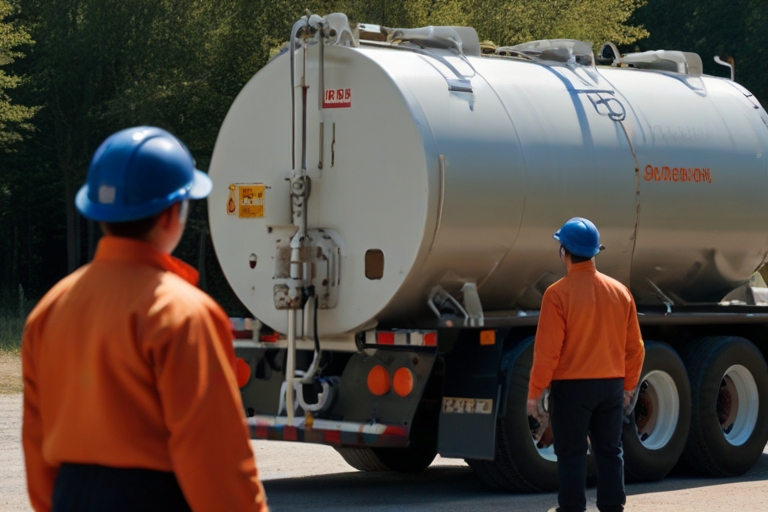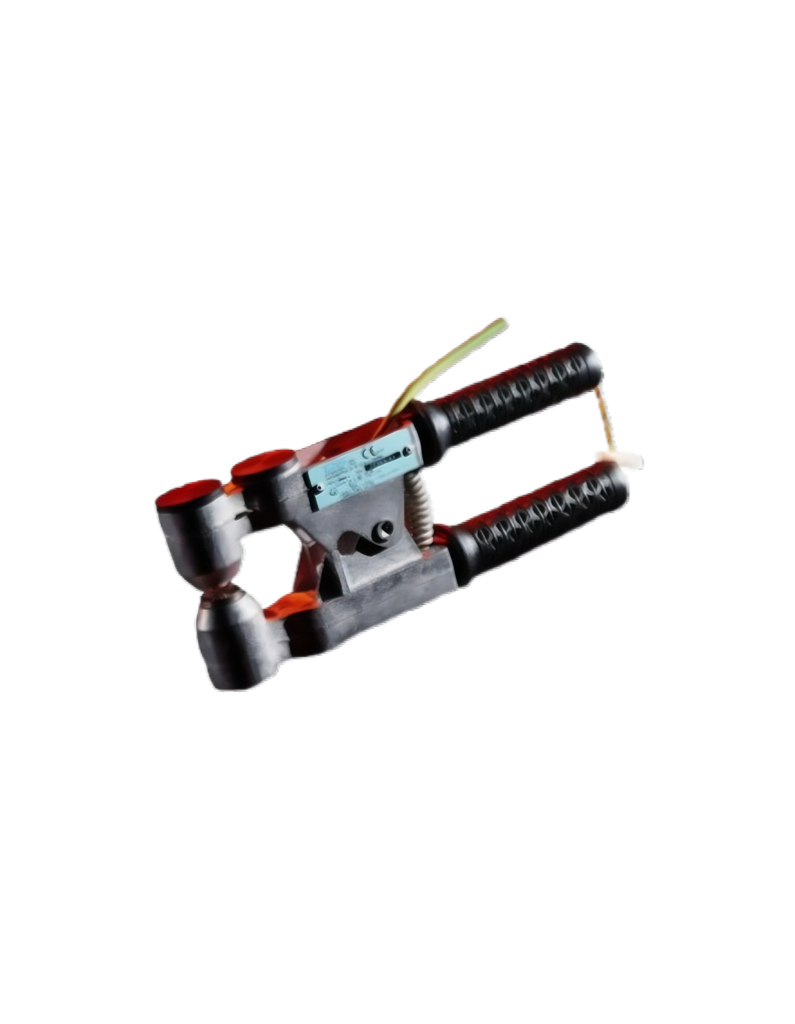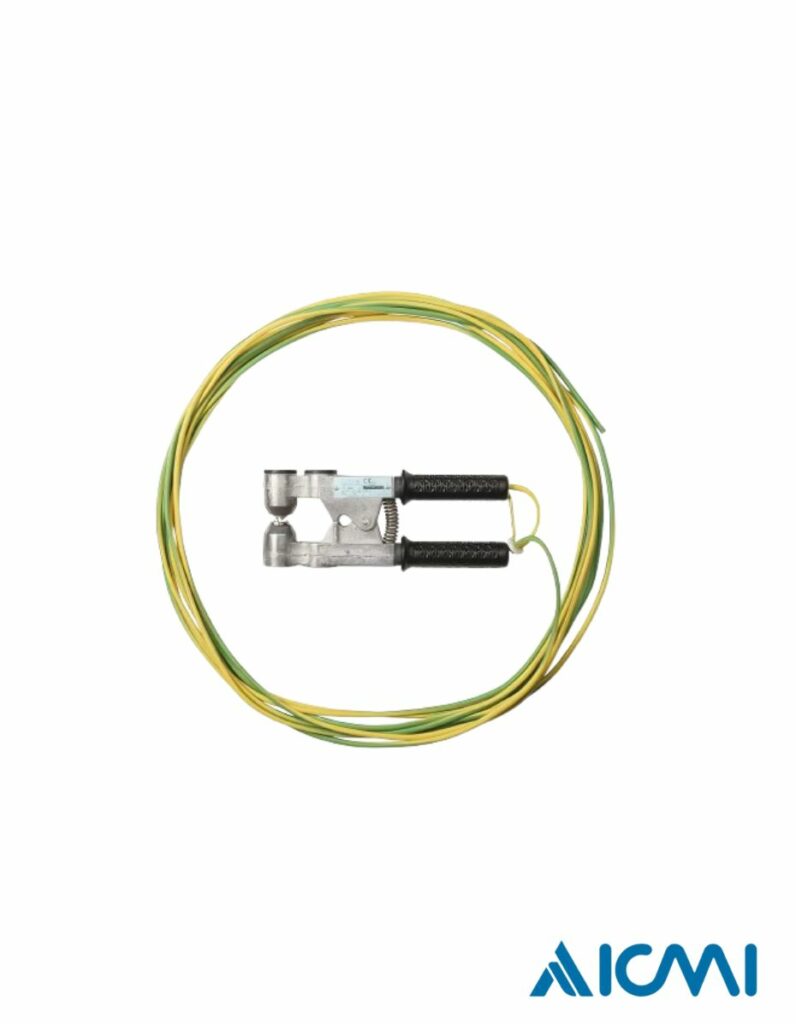Your cart is empty!
How to correctly install a grounding clamp in an industrial environment
By
.

The grounding clamp is a vital tool for preventing the risk of explosions and fires in potentially hazardous industrial environments. Properly installing a grounding clamp requires precision and attention to detail. In this guide, we will examine the technical steps for the installation of a grounding clamp, illustrated with explanatory images for each phase of the process.

Step 1: Choosing the installation point
The first phase consists of carefully choosing the installation point for the grounding clamp. It's essential to select a point close to the equipment or device you want to ground. This point must be sturdy and clean from paint residues, rust, or dirt that could compromise the connection.
Step 2: Preparing the installation surface
Before mounting the ground clamp, it's necessary to carefully prepare the installation surface. Use a wire brush or sandpaper to remove any paint residue, rust, or dirt that could hinder a solid connection.


Step 3: Mounting the grounding clamp
Once the surface has been prepared, place the grounding clamp on the chosen installation point. Ensure that the clamp's clamp is securely attached to the surface and that there are no obstacles that could compromise the connection.
Step 4: Connecting the equipment
Now it's time to connect the equipment or device you want to ground. Use high-quality connecting cables and make sure they are securely attached to the ground clamp and the equipment itself. Then check for any damaged or exposed cables that could cause security issues.


Step 5: Verifying the connection
Finally, it's crucial to ensure that the ground clamp is properly installed and that the connection is solid and secure. That means making sure all terminals are tightly secured and that there are no loose or damaged parts. Perform a resistance test to confirm that the connection is stable and reliable.
By carefully following these steps, it is possible to properly install a grounding clamp in an industrial environment, ensuring maximum safety and protection against the risk of explosions and fires.


Leave a Reply